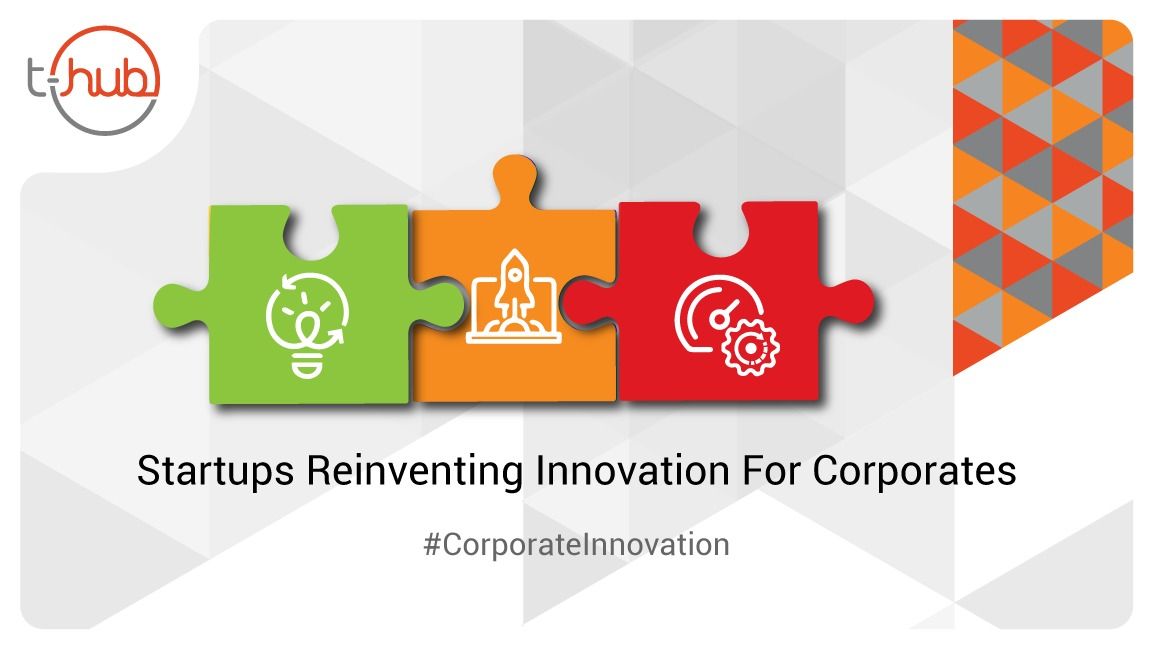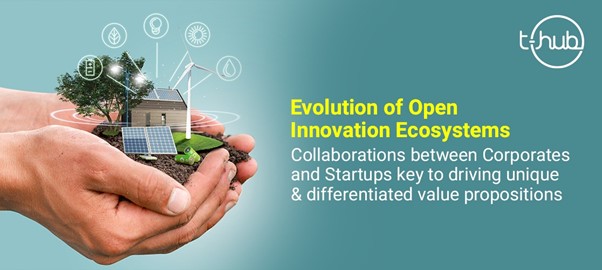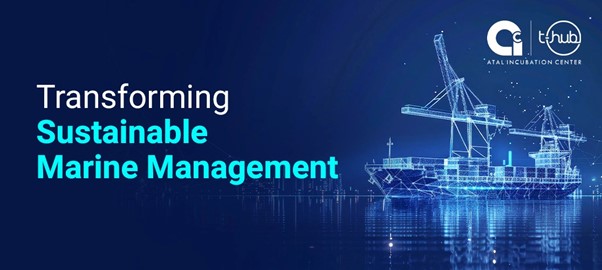In Ernest Hemingway’s 1926 novel The Sun Also Rises, a character is asked how he went bankrupt. He simply responds, “Two ways. Gradually, then suddenly.” More recently, this quote has been used to describe how former incumbent corporations are disrupted by innovative startups If we examine the trend on companies that failed to innovate resulting in business failure, these would include Blockbuster, Polaroid, Kodak, Nokia, Toys R’ Us, Tower Records, Blackberry and which became obsolete on the arrival of new disruptive startups we can see how Netflix, Amazon, Airbnb, SpaceX, Xiaomi, WeWork and Uber displaced or eradicated the established competition with a significant market share by revolutionising the way business is conducted. They were gradually first a victim of their inability to adapt to the changes and then suddenly by new competition by these unicorns. The average lifespan of a company has considerably decreased from 80 years in the 1920s to 17 years in 2020.
The current state of innovation within corporate incumbents: Corporates want more innovation in their cultures. To compete, they know they can’t play it safe — which needs employees to require chances and not be afraid to fail. Yet, most organisations subtly (or overtly) encourage safe behaviour, by rewarding straightforward successes and punishing failures. Employees get the signal quickly that taking work risks is simply too high of a private risk for his or her careers. If we’re continuously told we need to be innovative and creative, yet we’re limited in our ability to do so, dissatisfaction and stagnation sets in. Organisations need innovation to thrive in our complex and changing environment. When new ideas are being formulated, they need to be communicated and celebrated rather than wanting to limit exposure to failure. The real learning is in the development phase as that’s where the risk-taking happens.
The First Step
The first step for corporates is being realistic about their appetite for failure as it directly correlates to their hunger for innovation, a shift in their attitude toward innovation adopting an open innovation model needs to change and be experienced with an open mind. This is the most essential rule for promoting risk-taking — Corporates have to be honest about risk appetite and innovation goals to avoid cynicism. If you say the corporate wants innovation, but continually implies that failure is something to be avoided and punished, people will never take a risk. It’s vital to allow for some failure. Ways in which corporate incumbents are seeking to pre-empt or remain competitive in their respective industry:
- Building and funding “intrapreneurship” teams
- Recruiting, acknowledging and rightfully promoting “change agents” within the enterprise
- Investing in promising startups and new ventures in line with business expansion and on R&D lines
- Embracing Open Innovation model
- Monitoring impact and implications of disruptive technologies on their business
Why embrace it? — Open Innovation
A less recognised “gradually, then suddenly” phenomenon is that of corporations proactively working with external startups. The term “open innovation” refers to a corporation inviting or seeking new ideas from outside its own organisation. At first, only a couple of large companies had formal programs to interact with external entrepreneurs, but now, many companies are running experiments with outside startups. Gradually, then suddenly, all large corporations will soon practice open innovation as a basic requirement of staying competitive. Many of the world’s largest corporations are scrambling to transform and remodel their businesses as lean and inventive new startups with vision, ambition and a willingness to take risks to disrupt their markets and prompt acquisitions, restructuring and a new focus on innovation
Six Signs to review existing business model-
- Disruptive startups capturing the least profitable customer base with simple solutions.
- Increased competition leading to margins to sink and revenue to decline.
- A shift in market demand thanks to changes in consumer behaviour.
- Emerging tech disrupting the delivery of products and services.
- Substantial policy changes within the regulatory framework governing respective industries.
- Seek to disrupt one’s own market in anticipation of serious irreparable impact due to any of the above reasons.
Corporations are engaging startups not only for early awareness, but also for future options, talent development, and organisational support.
Large organisations are engaging startups in growing numbers, partially due to a realisation that companies haven’t been built to respond to the accelerating pace of change in a timely manner, and that sort of restructuring the entire organisation from the ground up, partnering with startups who are unfettered by bureaucracy, short-term shareholder demands and employee incentives, is an easier thanks to tapping into emerging technologies, business models and talent. This makes sense for many large organisations as long as startups tend to explore disruptive innovations — usually low margin, small market and high risk to start with — don’t support short term and sometimes large company growth targets, but if left unchecked, may also be the source of dwindling market share a couple of years down the track (Blockbuster passing up on acquiring Netflix for USD 50 Million — current Netflix valuation is 140x)
Ways corporates and Startups and engage in a mutually beneficial relationship:
1. Corporate Startup Accelerator Program
It’s a program explored by a large enterprise that gives a fixed-term, cohort-based program (6 months) that has seed capital, mentorship, connections, sales and more. The program usually ends during a formal pitch event or “demo day” where the startups pitch the company sponsor for further investment or partnership
Examples:
2. Reverse Pitching Event
Reverse Pitching is a format in which the corporates pitch their problem statements to the startups rather than the conventional way of pitching and being selected. They then explore avenues of problem-solving, partnering and funding.
Examples:
3. Hackathons
A hackathon is a design sprint-like event. the aim of which is to define problems, solutions and business models, build prototypes to test key assumptions underpinning those business models with actual customers and present solutions and pitch learnings at the culmination of the program. Corporates engage with hackathon participants around a central theme and interact with startup strategists, developers, designers, marketers etc. Top ideas are picked after a screening process and further engagement occurs with crème de la crème
Examples:
- Jubilant Biosys — Medtech Innovation Day
- Freshworks Hack2Hire
- Hack2Innovate — multi-city hackathon
4. Corporate Venture capital
Large corporations set up an independent CVC arm where they take an equity stake in small but innovative or specialist firms/promising startups to gain a competitive and financial advantage. They may either set up an independent fund or take a more easy-going approach by investing in existing funds dealing early-stage startups or scale-ups
Examples:
5. Sponsorship
One of the more light-touch ways to engage the startup ecosystem is simply to sponsor an industry event or coworking spaces come organisations may flaunt the benefits of being able to provide services to the startups, but most startups don’t need overpriced tax, accounting and legal services delivered by a big four firm, for example, they need to find product-market fit.
Examples
- Every entrepreneurship event, everywhere.
6. Mentorship and Distribution
If an organisation is serious about helping startups but is not yet in a position to invest in say a CVC or a startup accelerator, then making some resources available to identify and work with promising startups by way of domain mentorship and providing access to distribution channels and/or customers for testing purposes, can go a long way towards building credible, sustainable relationships with startups, keeping up with change and eyeing off potential investment opportunities.
T-Hub has been helping numerous corporations globally to understand ‘Gradually, then suddenly’ phenomena and act on it by embracing open innovation frameworks where startups are at the epicentre. Corporations have observed significant positive impact on their daily operations and internal culture once they start working with startups and allied ecosystems.
We power Corporate Innovation through high-impact partnerships and transform your business models for the better. Read more, here.
— C. R Dhiraj Reddy, Associate, Corporate Innovation
References:






